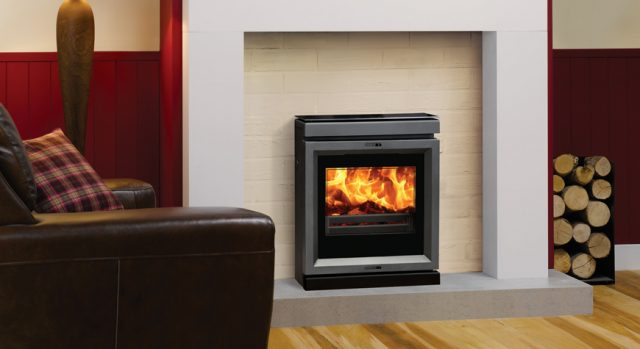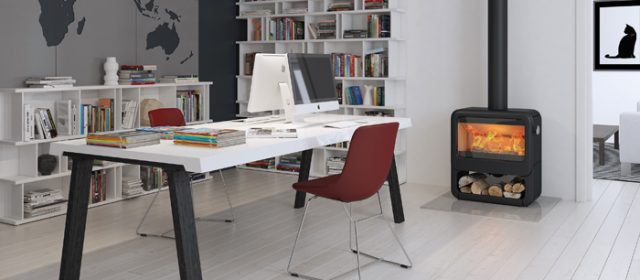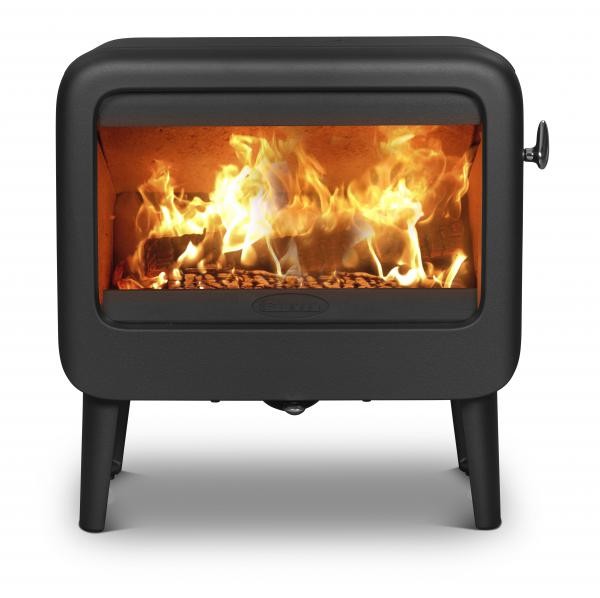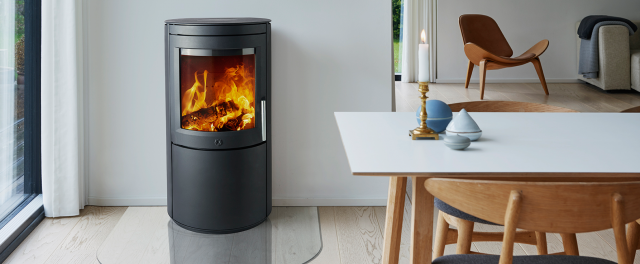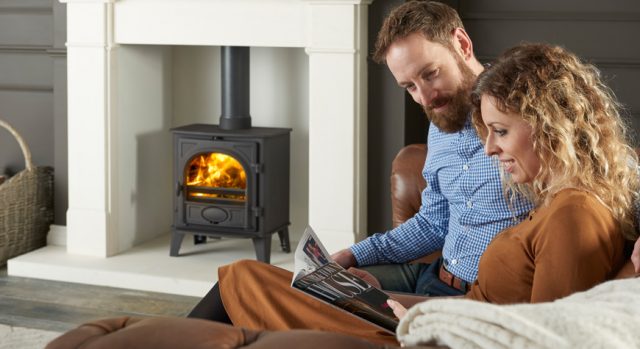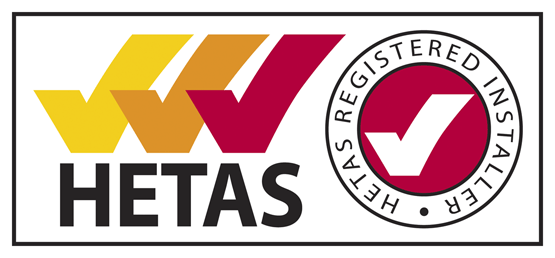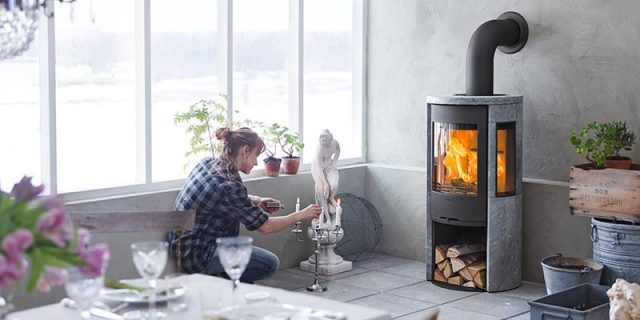As the cost of household energy continues to rise so we have seen an increase in demand for boiler stoves. The ability to create your own home water and heat your home under the umbrella of “environmentally friendly technology”, together with the cost savings, are starting to have a major impact on consumer spending patterns. The View 7 Inset Boiler Stove is the latest in a range of boiler stoves from Stovax which are extremely easy to fit, take up minimal ground space and use the latest combustion technology. It is not difficult to see by demand for this particular product is strong but what exactly does it have to offer?
View 7 Inset Boiler Stove features
As you will see from the images, the View 7 Inset Boiler Stove is inset into the wall leaving maximum free floorspace. The 5 mm heavy duty steel body ensures longevity and excellent value for money and a cast iron airtight door ensures that every element of heat created is used correctly. The installation of the View 7 Inset Boiler Stove involves a brick liner system to maximise the safety of the product and traditional safety elements such as the CO2 emitter are installed as standard. It is also worth noting that the stove operates at a maximum 30,000 Btu’s. Then, we get onto the benefits of the View 7 Inset Boiler Stove as a traditional stove!

